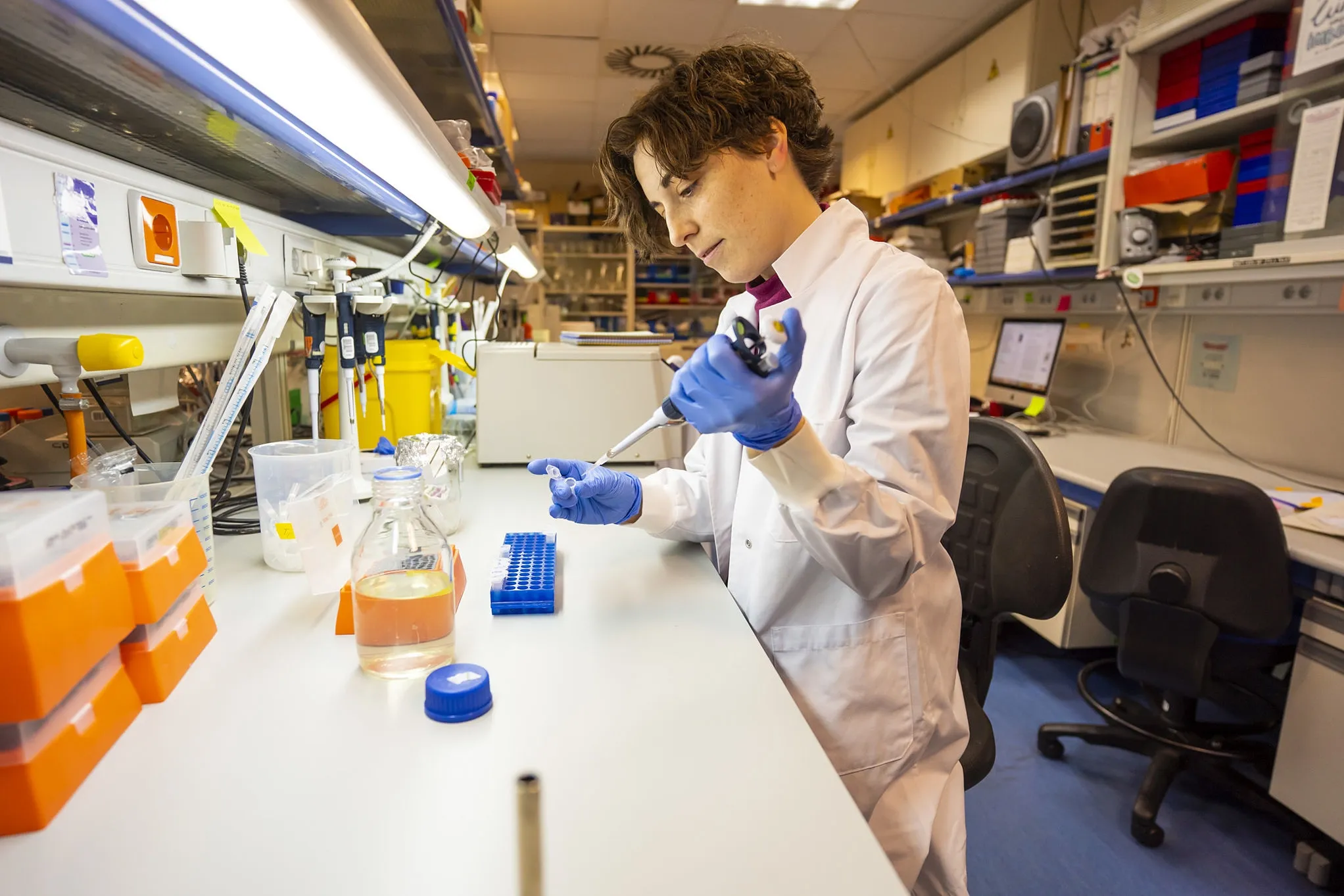There are diseases that are a condemnation for life.This is the case of type I diabetes, a chronic insufficiency of insulin that usually originates in childhood and that, at least for the moment, has no cure.Those who suffer from it can only grab a treatment: control blood glucose through daily injections, with all that that entails.
María Salazar, researcher at the National Oncological Research Center (CNIO), aspires to revolutionize regenerative therapies against diabetes with a technology that came almost by chance."The first steps of the investigation that I started around cancer did not get convincing results. So, I do not remember why, I launched to use the microarn, which serves among other things for the diagnosis and treatment of cancer, in stem cells,".And the CNIO, very receptive when new horizons arise, prompted her to continue with that line of research that, from the beginning, "had very surprising effects."
When Salazar introduced that microarn in stem cells for a short period of time, "it caused a kind of tabula, which allowed that cell to become anything and exerted its function in a potential way. What we achieved like this are more stem cells are more stem cellsactive, more efficient, which can then exercise their function better. "But to those promising initial results we had to find a specific application.And that was when, after investigating his possible application in heart cells, type I diabetes entered the equation. "As I started researchWe know about her. "
The project, framed within the Caixaimpulse initiative of the social work "La Caixa", was taking shape until this scientist of late vocation -Iba for writer when she discovered her passion for biochemistry- focused on developing those potentiated betapancreatic cells, capableto generate long -term insulin, and how to implement them so that they are not attacked by the immune system.That is why he is combining his work in the laboratory with the first steps to create a start-up that allows him to carry out such an ambitious plan."That also makes it pretty. Every step we give, every new positive result, is a high."
However, a scientist's day to day can become an Everest impossible to climb."There are times that I think I should dedicate myself, I don't know, to plant carrots. But despite the bad times, of responsibility, of stress ... this is what I like, I can't think of another passion other than this"When things twist and work accumulates, Salazar recalls the consequences that his revolutionary therapy could have for patients."Apart from the economic and emotional cost and the social problem that entails insulin every day, in the long term it makes them develop other types of derived diseases and heart problems."
It also helps to see how a project of this caliber, in which the MIT of Boston is also involved, is changing its way of understanding its profession."It has been a transformative for me both professional and personal. Here in the CNIO we all speak the same language and we understand each other without problems. But when you go out there with a program like that of Caixaimpulse you run with people who know a lot of science butThey are experts in other areas, such as business related and company.in the medium term ".
And that's what it is about, to take that eureka that took place in a laboratory and transform it intoA viable treatment capable of definitely healing type I diabetes. A huge challenge, of course, but also an exciting adventure.


